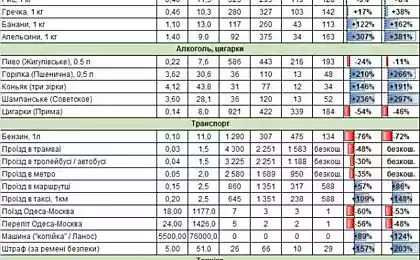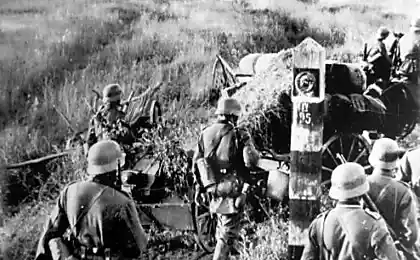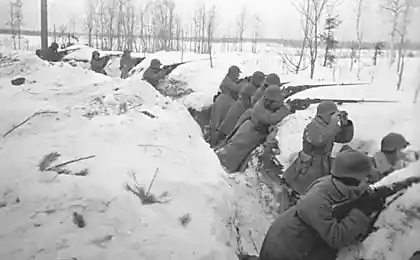144
In Soviet times, women were engaged in these household things day in and day out, but now it is wild.
Soviet Women They had incredible endurance, possessed all kinds of talents. They were skilled housewives and exemplary wives not because they really wanted to, but because the bulk of the citizens of the USSR simply had no other choice.
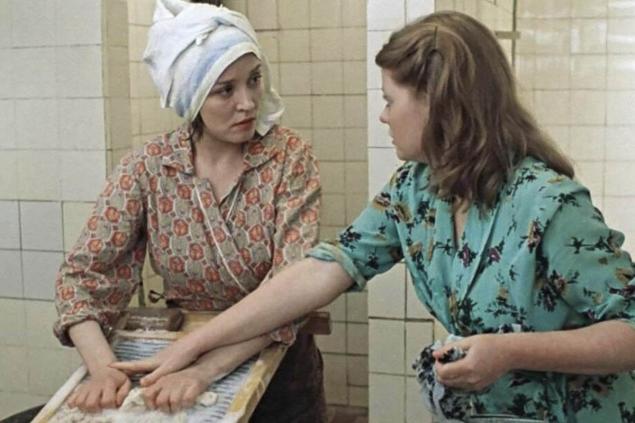
In addition, from childhood it was taught that the wife is obliged to take care of her husband and children. However, most families could not boast of sufficient provision. Therefore, each woman showed ingenuity and made every effort to ensure that she and her family were “like people.”
Soviet women had to go to work. For parasitism in those days, everyone was punished. And on lunch break or after work shift, the punching employee would take a long line at the store to buy groceries home. Only those who are lucky enough to be in the store.
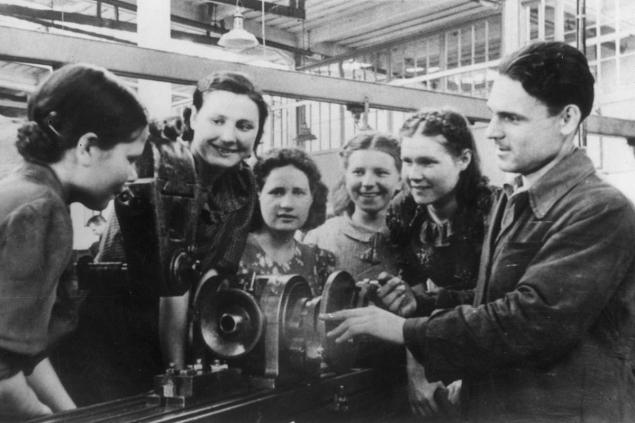
Sometimes it was possible to buy a selected product, a small batch of which went on sale. There was a lot to do back then. On such days, it was rarely without swearing and scandals among buyers, but the happy owner of a scarce product proudly left the store with a package in her hands.
After a heavy shift, the tired worker rushed home to spend the evening by the stove. No one will make dinner for the whole family. Semi-finished products were not produced in such abundance then, so there was no possibility to prepare anything in haste.
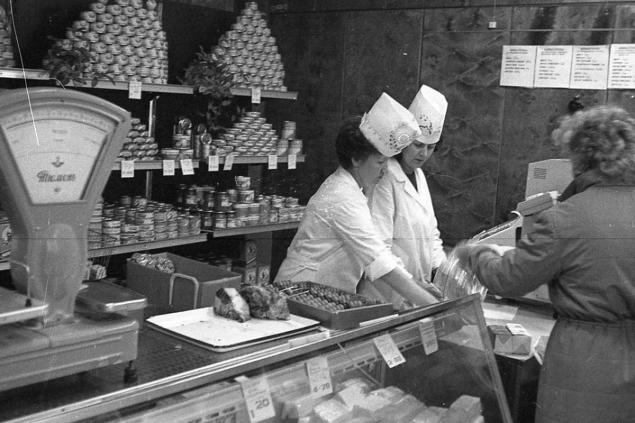
No one delivered food or food to the house, and only the elite could afford to have dinner in the restaurant. In addition, modern kitchen devices were not yet invented to significantly facilitate the cooking process for the hostess.
Since in the Union clothes were sold in stores of the same type and did not always fit in size, almost every house had a sewing machine. On it, the hostess almost until the morning painted new clothes for all households. Cutting and sewing courses were not specially passed, so everything had to learn independently with the help of fashion magazines and advice from experienced friends.
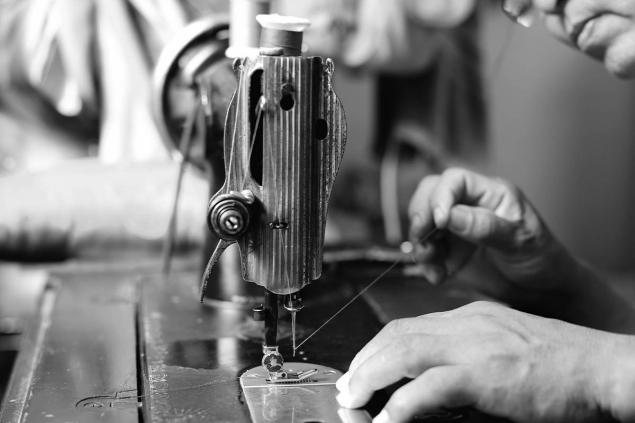
If you could not buy a new fabric in the store, the homegrown craftswoman turned old clothes into a fashionable dress or suit. Thin woollen things were not thrown away: the girls dissolved them, and the yarn was rolled into glomeruli. Then new hats, scarves, mittens or socks were knitted for adults and children.
At the weekend, the woman also had no time to rest: no one canceled cleaning the house. They also had to manually wash all the clothes collected in a week and bedding, which was usually remade on Saturdays. Washing machines in each house appeared much later, and then the hostess had only a washing board. Linen had to be soaked, boiled, rubbed on a ribbed board, and then rinsed and squeezed.

Many women in the USSR dreamed of dacha. They liked to “rest” there: plant a garden, weed beds and take care of the garden. The housewives were not lazy to harvest and make preparations for the winter to treat their family and guests with home preservation. They collected new recipes, which friends willingly shared with each other, and carefully wrote down in notebooks.
The ladies managed to take care of themselves and look beautiful. They wrapped curls on curls or wire and dried their hair over a gas stove. Instead of expensive cosmetics used improvised means: kefir, eggs, honey, corn flour, beer and so on.
Mothers gave love and tenderness to children, did not forget to look after them and were responsible for their upbringing.
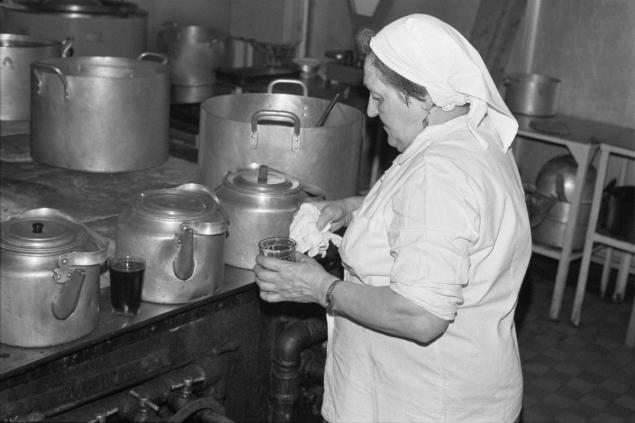
It remains a mystery to this day, how did Soviet women manage to do everything?
Photo in article

In addition, from childhood it was taught that the wife is obliged to take care of her husband and children. However, most families could not boast of sufficient provision. Therefore, each woman showed ingenuity and made every effort to ensure that she and her family were “like people.”
Soviet women had to go to work. For parasitism in those days, everyone was punished. And on lunch break or after work shift, the punching employee would take a long line at the store to buy groceries home. Only those who are lucky enough to be in the store.

Sometimes it was possible to buy a selected product, a small batch of which went on sale. There was a lot to do back then. On such days, it was rarely without swearing and scandals among buyers, but the happy owner of a scarce product proudly left the store with a package in her hands.
After a heavy shift, the tired worker rushed home to spend the evening by the stove. No one will make dinner for the whole family. Semi-finished products were not produced in such abundance then, so there was no possibility to prepare anything in haste.

No one delivered food or food to the house, and only the elite could afford to have dinner in the restaurant. In addition, modern kitchen devices were not yet invented to significantly facilitate the cooking process for the hostess.
Since in the Union clothes were sold in stores of the same type and did not always fit in size, almost every house had a sewing machine. On it, the hostess almost until the morning painted new clothes for all households. Cutting and sewing courses were not specially passed, so everything had to learn independently with the help of fashion magazines and advice from experienced friends.

If you could not buy a new fabric in the store, the homegrown craftswoman turned old clothes into a fashionable dress or suit. Thin woollen things were not thrown away: the girls dissolved them, and the yarn was rolled into glomeruli. Then new hats, scarves, mittens or socks were knitted for adults and children.
At the weekend, the woman also had no time to rest: no one canceled cleaning the house. They also had to manually wash all the clothes collected in a week and bedding, which was usually remade on Saturdays. Washing machines in each house appeared much later, and then the hostess had only a washing board. Linen had to be soaked, boiled, rubbed on a ribbed board, and then rinsed and squeezed.

Many women in the USSR dreamed of dacha. They liked to “rest” there: plant a garden, weed beds and take care of the garden. The housewives were not lazy to harvest and make preparations for the winter to treat their family and guests with home preservation. They collected new recipes, which friends willingly shared with each other, and carefully wrote down in notebooks.
The ladies managed to take care of themselves and look beautiful. They wrapped curls on curls or wire and dried their hair over a gas stove. Instead of expensive cosmetics used improvised means: kefir, eggs, honey, corn flour, beer and so on.
Mothers gave love and tenderness to children, did not forget to look after them and were responsible for their upbringing.

It remains a mystery to this day, how did Soviet women manage to do everything?
Photo in article
All my life, I've worked alone to give children a better future, but it seems to have been in vain.
Pierce Brosnan and Keely Shay Smith prove that true love exists





